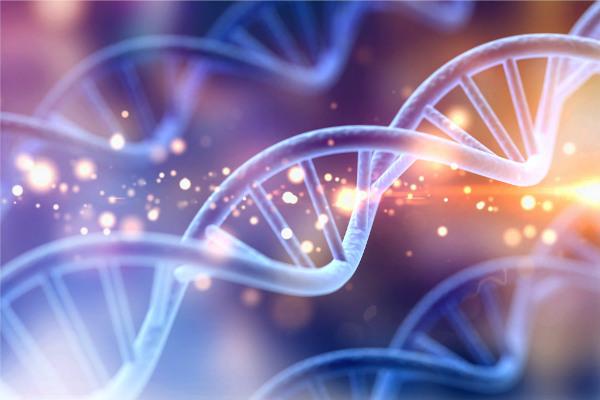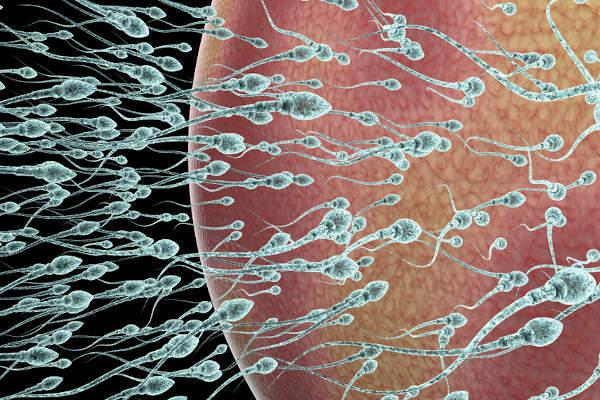Genetic variability is a term used to refer to different alleles (alternative forms of a gene that occupy the same position in chromosomes homologues) existing in individuals of a species. This variability determines the different characteristics of individuals, that is, it is responsible for providing the phenotypic variations in that species.
Genetic variability is fundamental for the occurrence of natural selection, without her the evolution it would not be possible. The occurrence of different alleles in a species is mainly a result of mutations.
Read too: Genotype and phenotype - two concepts in genetics that are interconnected
What is genetic variability?
Genetic variability, also called molecular biodiversity, can be defined as the variety of alleles present nindividuals of a certain species. This means that the organisms of a species have differences in the composition of their genes, differences that also determine variations in their phenotypes.

Hair color, eye color, skin color, height and voice, for example, are characteristics present in human beings that make us quickly understand that we have phenotypic variations in relation to others. It is noteworthy, however, that genetic variability promotes changes in the phenotype, however, some of these variations do not occur in response to genetic differences, but rather to influence of the environment.
Genetic variability can be quantified by analyzing the average percentage of loci (places on the chromosomes where a gene is) that are heterozygous.
Mutation
Genetic variability is mainly achieved when a mutation process leads to emergence of new alleles. The mutation leads to changes in the sequence of nucleotides that make up the DNA, and even if these changes affect only one base in a gene, the impacts on the individual can be significant. Mutation is therefore an important source of variability.
Such as mutation occurs by chance, we cannot predict which DNA sequence will be affected, nor whether this change will be beneficial or harmful to the organism. In some cases, natural selection promotes the rapid removal of harmful alleles from circulation, however, when they are recessives, can remain for several generations, even if they cause the development of characteristics unfavorable.
In the case of beneficial changes, they tend to remain in the population, as they can increase the individual's chance of survival and, thus, guarantee their passage to their descendants.
Mutations can affect, in multicellular organisms, the somatic cells or the gametes. In the latter case, we have a mutation that can be passed on to your descendants. US animals, mutations are generally not passed on to the next generation as they mainly affect somatic cells. If you want to know more about this important source of variability, read: What is mutation?
sexual reproduction

sexual reproduction it is also responsible for promoting genetic variability, however, unlike the mutation, it does not produce new alleles. The variability, in this case, is the result of combination of different alleles, which rearrange themselves in different ways.
This happens due to three mechanisms: the crossing-over process, which occurs during the meiosis; The independent segregation of chromosomes in the formation of gametes; and fertilization, which guarantees the union of gametes from different individuals. To learn more about the topic of this topic, read: sexual reproduction.
Genetic variability and natural selection
Genetic variability is responsible for determining the physiological and morphological characteristics of individuals. They are what make living beings capable of responding, in different ways, to changes in the environment.
The greater the variability, the greater the chance of survival for that species, as a population with great genetic variability have a greater chance of having individuals who present the ability to survive if there is a drastic change in the environment.
When genetic variability is low, the probability of existing individuals capable of surviving in the face of a change in the environment decreases. In this way, genetic variability allows that there are individuals more apt to survive in a given environment than others, making the action of natural selection possible.
By Vanessa Sardinha dos Santos
Biology teacher
Source: Brazil School - https://brasilescola.uol.com.br/biologia/variabilidade-genetica.htm
